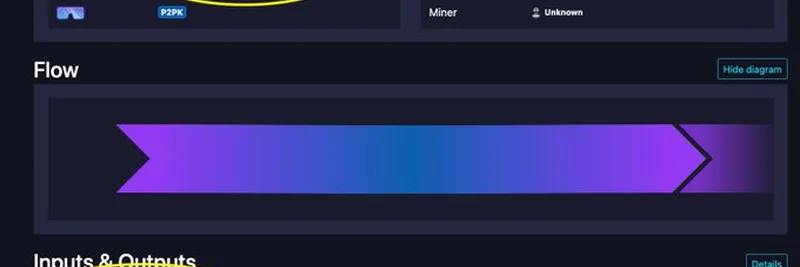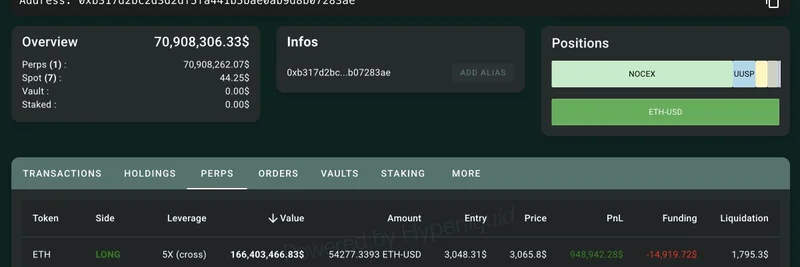Hey there, crypto enthusiasts! If you’ve been scrolling through X lately, you might have stumbled upon an intriguing post by MartyParty (@martypartymusic) that’s got everyone buzzing. Posted on July 4, 2025, at 18:38 UTC, this tweet dives into a Bitcoin transaction from March 2011, showcasing a "Coinbase" transaction with newly generated coins. Let’s break it down together and see what makes this so exciting!
What’s This Coinbase Transaction All About?
The image shared by MartyParty highlights a transaction dated March 4, 2011, labeled as a "Coinbase" transaction. But hold on—don’t confuse this with the Coinbase exchange we know today! In Bitcoin lingo, a "Coinbase" transaction is the special first transaction in a block, created by miners when they successfully mine a new block. It’s how new Bitcoins are introduced into circulation, and back in 2011, the reward was a hefty 50 BTC per block.
Check out the image below to get a closer look:
You’ll notice the timestamp (2011-03-04 13:10:45) and the "Inputs & Outputs" section, where it clearly states "Coinbase (Newly Generated Coins)" with a reward of 50.17 BTC. That extra 0.17 BTC? That’s likely transaction fees collected by the miner. Pretty cool, right?
Why Is This 2011 Transaction a Big Deal?
This transaction takes us back to the early days of Bitcoin, just two years after its launch in 2009. Back then, mining was a lot simpler—no fancy ASIC machines, just regular computers crunching numbers. The block reward of 50 BTC was the standard, and it hasn’t changed much until the first halving in 2012, which dropped it to 25 BTC.
What’s wild is that these coins have sat untouched for over 14 years! The post hints at a recent movement of 80,000 BTC from wallets originating around that time, sparking speculation about who might own them. Could it be an early miner, a forgotten wallet, or maybe someone like Roger Ver, as suggested in related threads? It’s a mystery that’s got the crypto community talking!
Breaking Down the Tech for Newbies
If you’re new to this, let’s simplify it. Imagine Bitcoin mining like a treasure hunt. Miners solve complex puzzles to add a block to the blockchain, and their reward is freshly minted Bitcoin via the Coinbase transaction. This process ensures the network stays secure and new coins enter the system gradually. The "newly generated coins" label means these are the first Bitcoins created in that block, sent to the miner’s wallet.
The image also shows a flow diagram and details like virtual size (134 vB) and sigops (4), which are technical bits about the transaction’s structure. Don’t worry if that sounds like gibberish—think of it as the blockchain’s way of keeping everything organized!
What Does It Mean for Meme Tokens and Beyond?
At Meme Insider, we love connecting the dots between traditional crypto and the wild world of meme tokens. While this 2011 transaction isn’t about Dogecoin or Shiba Inu, it reminds us of the roots of blockchain technology that inspire today’s meme coin projects. Early Bitcoin mining set the stage for decentralized finance, and understanding these origins can help practitioners innovate with meme tokens.
Plus, with 80,000 BTC moving recently (as mentioned in MartyParty’s thread), it could signal big market shifts. If early holders are cashing out, it might affect Bitcoin’s price—and indirectly, the speculative hype around meme coins. Keep an eye on Meme Insider for updates on how this plays out!
The Community’s Take
The X thread is buzzing with reactions. Some users, like @ipayeth, praised the insight, while others, like @luluwb, clarified that "Coinbase" here isn’t the exchange but the mining reward system. There’s even a bit of debate about whether MartyParty fully grasps the tech—hey, we’ve all been there learning the ropes! The chatter shows how passionate the crypto community is about digging into Bitcoin’s past.
Final Thoughts
This 2011 Coinbase transaction is like a time capsule, offering a glimpse into Bitcoin’s humble beginnings. Whether you’re a blockchain newbie or a seasoned pro, it’s a reminder of how far we’ve come—and how much more there is to explore. Stick with Meme Insider as we unpack more crypto mysteries and help you level up your knowledge. Got questions? Drop them in the comments, and let’s chat!




